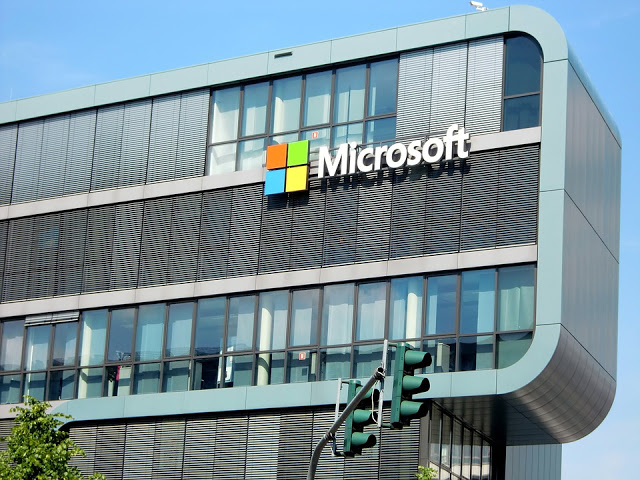New Windows Vulnerability Allows Domain Takeover, Microsoft Released Patch

A new vulnerability named Zerologon has been identified by cybersecurity organization, Secura who tracked the high rated vulnerability as CVE-2020-1472; it allows attackers to gain admin control of a Windows domain, inducing the ability to steal credentials from individual Windows account.
In order to exploit Zerologon, the attacker is required to be on the network, access to which can be acquired by various methods such as phishing, drive-by exploits or etc.
The attacker disables security features that protect the Netlogen process and change a system’s password linked with its Active Directory account. Zerologon exploits a weak cryptographic algorithm used in the Netlogon authentication process, as per the expert findings at Secura.
While exploiting the vulnerability and attempting to authenticate against the domain controller, the bug impersonates the identity of any computer on a network and disables security features. In order to obtain domain administrator access to carry out malicious activities, the attacker needs to connect to a domain controller through a Netlogon secure channel connection. The attack is carried out swiftly, lasting not more than three seconds.
In August 2020, Microsoft effectively disrupted the operations of numerous companies in the patching process that took place in two phases and finally released patches for a severe 10/10 rated security flaw that was described as an elevation of privilege in Netlogon. The task has been an arduous one for Microsoft.
In their blog post on Zerologon, Secura explained, “It would not be necessary to wait for some other user to attempt to log in. Instead, the attacker can login themselves, pretending to only support NTLM and providing some invalid password. The service they are logging in to will forward the NTLM handshake to the domain controller and the domain controller would reply with a negative response. This message could then be replaced by a spoofed reply (also containing a recalculated session key) indicating that the password was correct and, by the way, the user trying to log in happened to be a member of the domain admin group (meaning they also have administrative privileges on the target machine),”
If you like the site, please consider joining the telegram channel or supporting us on Patreon using the button below.


![[INCRANSOM] - Ransomware Victim: CF Construction Ltd 3 image](https://www.redpacketsecurity.com/wp-content/uploads/2024/09/image-300x300.png)

